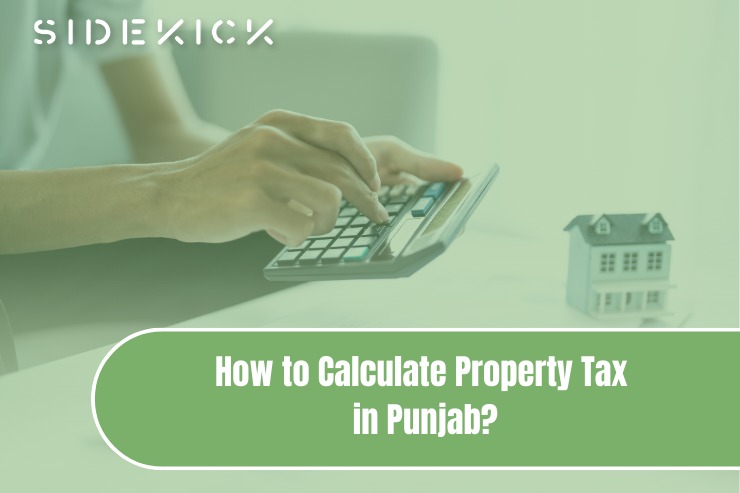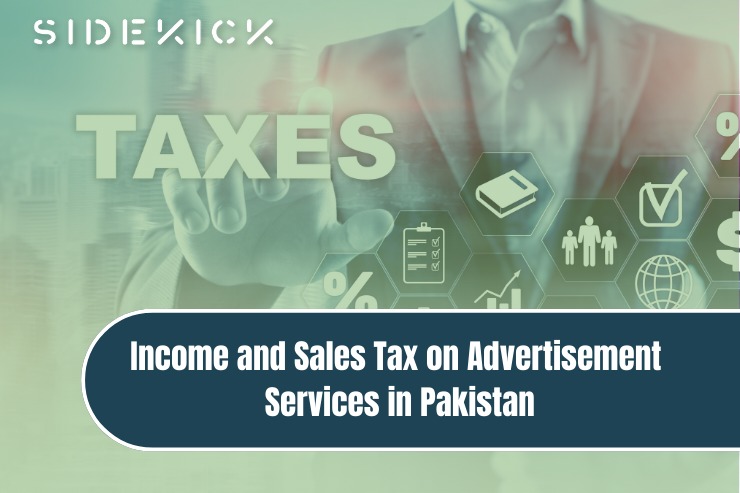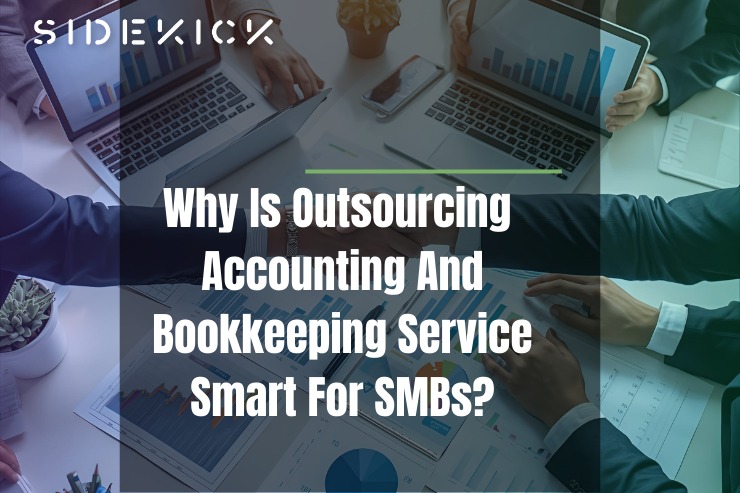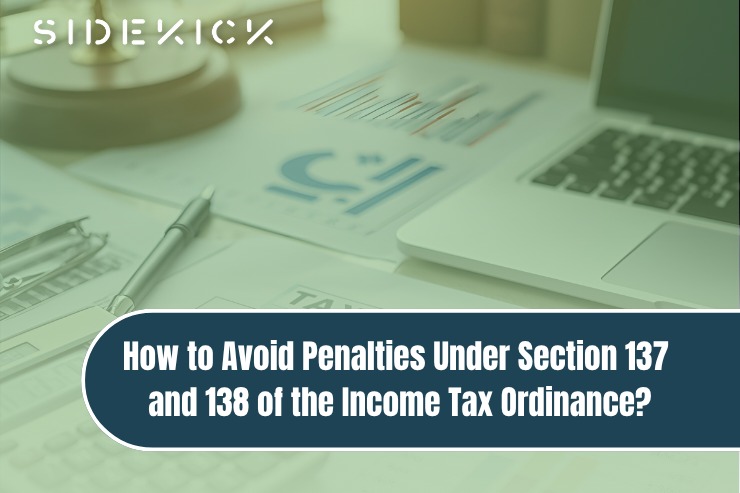The Punjab government reformed its tax system of properties in 2025, changing it from one based on rental value to one based on the rates confirmed by the District Collector (DC). This important reform is to improve transparency, make taxes easier to calculate, and make property valuations closer to the reality of the real market. For a homeowner, investor or a professional in the real estate sector, knowledge of this new system is critical for compliance as well as financial planning purposes.
Understanding the Shift to DC Rate-Based Taxation
Property taxes in Punjab in the past were determined using the Annual Rental Value (ARV), whereby the ARV was used to measure the potential rental income that a property could generate. This approach was usually subject to discrepancies and disputes.
The Excise, Taxation and Narcotics Control Department (ETNCD) took effect from 1st January 2025 to have a DC rate-based system. In this model, the property taxes are calculated based on the official valuation rates established by the Deputy Commissioners for the different types of property and their locations in the province. This change intends to provide a uniform basis for property valuations and achieve a slightly more equal system of taxation.
The New Property Tax Formula
In the DC rate-based system, one determines the property tax by the following formula:
Property Tax = DC Rate × Property Area × Applicable Tax Rate
Let’s break down each component:
- DC Rate: This is the per unit value of property (per marla or square foot) fixed by the Deputy Commissioner’s office. These rates are reviewed from time to time, and the amounts attracted depend on the location, type and usage of the property.
- Property Area: Size of the property, in common units like marla or square feet.
- Applicable Tax Rate: A percentage which is used in the computation of the taxes to be paid based on the assessed value of the property, and may vary depending on property type (residential or commercial) and so forth.
Example Calculation:
If you have a 10 marla residential house in Lahore, and the prevailing DC rate in your locality is PKR 500,000/- per marla. If the applicable tax rate is 0.5%, then your monthly property tax would be as shown below:
Property Tax = 500,000 x 10 x 0.005 = PKR 25000
Note: The DC rates and tax percentages may change. It is important to get the latest notifications from the ETNCD or even access their official website for the current rates.
Confused About Punjab Property Tax?
Get in Touch
Fill out the form below, and we will be in touch shortly.
Exemptions and Concessions
The categories in which the Punjab Excise and Taxation Department provides exemption from property tax are:
- Residential houses constructed in plots less than 5 Marla, except in “A” category areas (high-end urban areas), are exempted.
- Properties that cannot earn more than PKR 4,320 in a given year as rent are exempted, since they are seen to be of low value.
- Single owner-occupied houses that have an annual rental value not exceeding PKR 6,480 are not subject to tax.
- Properties belonging to widows, minor orphans, or disabled persons are exempt from Tax if the annual Tax to be paid is not more than PKR 12,150.
- One self-occupied residential house up to one Kanal owned by a retired Federal or Provincial government employee is exempt.
- Private properties belonging to the government or the local bodies like municipalities, town committees or corporations are not taxed.
- Mosques and other religious places of worship, such as churches, temples and similar religious establishments, are exempt from tax.
- Public-use buildings and lands such as parks, playgrounds, schools, hostels, boarding houses, libraries, and hospitals are excepted.
- Other properties are also not taxed where the rent is solely for the use of charitable or religious institutions.
These exemptions aim at assisting the poor residents and public service institutions, as well as religious or charitable institutions, in the Punjab area.
Impact on Property Owners
The implication of the transition to DC rate-based taxation is as follows:
- Residential Properties: Various tax exemptions benefit many homeowners, particularly those whose houses are valued less than PKR 5 million, to lighten the load they carry in terms of finances.
- Commercial Properties: As the DC rates are mostly 20% to 40% below the market value in commercial areas, some of the commercial property owners may observe a reduction in their tax liabilities.
- Expanded Tax Net: Inclusion of housing societies outside urban areas within the tax network is to widen the tax base for a fairer distribution of the tax burden.
Utilising Online Tools for Tax Calculation
To make the taxpayers’ job easier, the ETNCD has developed online resources which would enable the proprietors to:
- Access DC Rates: See the new DC valuation tables in other districts and property categories.
- Calculate Property Tax: Calculate the tax liabilities by entering property details in online calculators.
- Make Payments: Make electronic payments of property taxes through designated portals, thus achieving convenience and transparency.
Note: To make correct calculations and make payments, always check the official ETNCD website or the helpline.
Tax Consultants: Sidekick Has You Covered
Keeping up with the new system of property tax in Punjab, which uses DC rates, is difficult. That’s where Sidekick steps in. As your reliable tax consultants, Sidekick guides you to estimate your property tax correctly and claim for exemptions and escape penalties. Whether it is a house, plaza, or rental unit, you can always trust Sidekick to do your taxes right and on time.
Conclusion
The 2025 change of property tax in Punjab from a pure DC rate-based system to a more transparent and standardised taxation system is a remarkable step in this direction. With knowledge of new methods of calculation and the use of available online tools to calculate taxes, property owners can be compliant and play a part in the development of the province. Keeping up to date with the updates from the ETNCD and obtaining professional help where it is required will help in the process of understanding and staying compliant with these new tax reforms.







